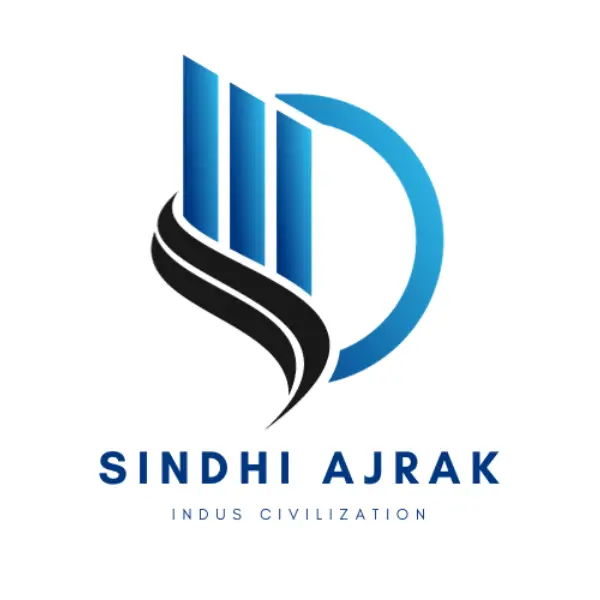Symbolic Splendor: The Vibrant Topi cap – Preserving Sindhi Cultural Heritage with Intricate Embroidery and Timeless Tradition.
Topi is a symbol of Sindhi pride and traditional man made products. Mostly during invitations, elderly people respectfully put on the Topi, showcasing tradition and covering head as obligation in sindhi moral society . Sindhi youngsters also wear it on special occasions to express cultural love and honor their rich heritage with pride and joy.
Sindh Topi is an integral part of Sindhi culture, representing the essence of tradition and identity among the Sindh people. Sindhis, hailing from the Sindh region of present-day Pakistan and various parts of India, hold deep reverence for their cultural heritage, and the Sindhi hat plays a significant role in preserving and showcasing their unique customs.
The Sindh Cap, known locally as Sindhi Topi, holds deep cultural and historical significance in the Sindhi identity. Its origins date back several centuries, rooted in the Indus Valley Civilization, where early forms of head coverings were used as symbols of dignity, respect, and social status.
Over time, the Sindhi Topi Ajrak evolved into a distinct cultural artifact, especially during the Kalhora and Talpur dynasties, when it became a common part of daily attire for Sindhi men. Traditionally, the Sindh Cap is round with a cut-out in front and is adorned with intricate hand embroidery, mirror work, and geometric patterns.
The designs often reflect local motifs and showcase the remarkable skill of Sindhi artisans, particularly women who create them with patience and precision over 15 days to a month. Sindhi Topi and Ajrak gained more prominence during British colonial rule and post-independence, when it was worn by Sindhi leaders and intellectuals as a mark of ethnic pride.
Today, the Sindh Cap is not just a piece of clothing—it symbolizes respect, heritage, and unity. Whether worn by elders during formal gatherings or by youth on cultural days, it remains a timeless expression of Sindhi identity and craftsmanship.
Making of Sindhi Cap
The Sindh Cap showcases intricate embroidery and exceptional craftsmanship, handmade by skilled Sindhi women. Each cap takes 15 days to a month to complete. Worn by elders during invitations and by youngsters on special occasions, it reflects Sindh’s rich cultural artistry and timeless tradition.
Sindhi hat for men also known as the Sindhi cap, is a distinct headgear worn by Sindhi men as a symbol of their cultural pride. It is typically made of embroidered fabric, often brightly colored, and is meticulously crafted with intricate patterns and designs. The embroidery work on the Sindhi cap is done using silk or cotton threads, and it is renowned for its vibrant hues, artistic motifs, and detailed craftsmanship.
Traditional Usage
Traditionally, the sindhi hat is worn on special occasions and religious ceremonies, such as weddings, festivals, and cultural gatherings. It is also commonly worn by Sindhi men in their daily lives as a symbol of their cultural affiliation. The Sindhi hat holds great sentimental value for the Sindhi community, signifying unity, tradition, and a sense of belonging.
The Ajrak Topi is often paired with traditional Sindhi attire, such as the long, loose-fitting shirt known as the “Kameez” and the wide trousers called “Suthan.” When worn together, these garments create a distinctive and visually striking ensemble that reflects the Sindhi cultural heritage.
Beyond its symbolic significance, the cap serves practical purposes as well. It provides protection from the scorching sun and dusty winds of the Sindh region, making it a functional accessory for daily life in this arid climate.
Sindhi culture is renowned for its rich heritage of music, dance, and poetry. This cap is often seen in traditional Sindhi dances like the Jhoomar, where male performers wear it while gracefully swaying to the rhythmic beats of traditional instruments.
This cap has become a recognizable emblem of the Sindhi identity, both within the community and beyond. It serves as a visual representation of the Sindhi people’s deep-rooted connection to their cultural roots, acting as a unifying symbol for Sindhis living across different regions of the world.
In recent years, efforts have been made to promote and preserve Sindhi culture, including the production and distribution of Topis. These initiatives aim to ensure that future generations continue to value and celebrate on Sindhi Topi Ajrak day.
Bottom-line
In conclusion, the Topi holds immense cultural significance within the Sindhi community. It represents the traditions, customs, and collective identity of the Sindhi people. Through its vibrant colors, intricate embroidery, and historical legacy, the Topi stands as a powerful symbol of Sindhi culture and continues to be cherished by Sindhis worldwide.

